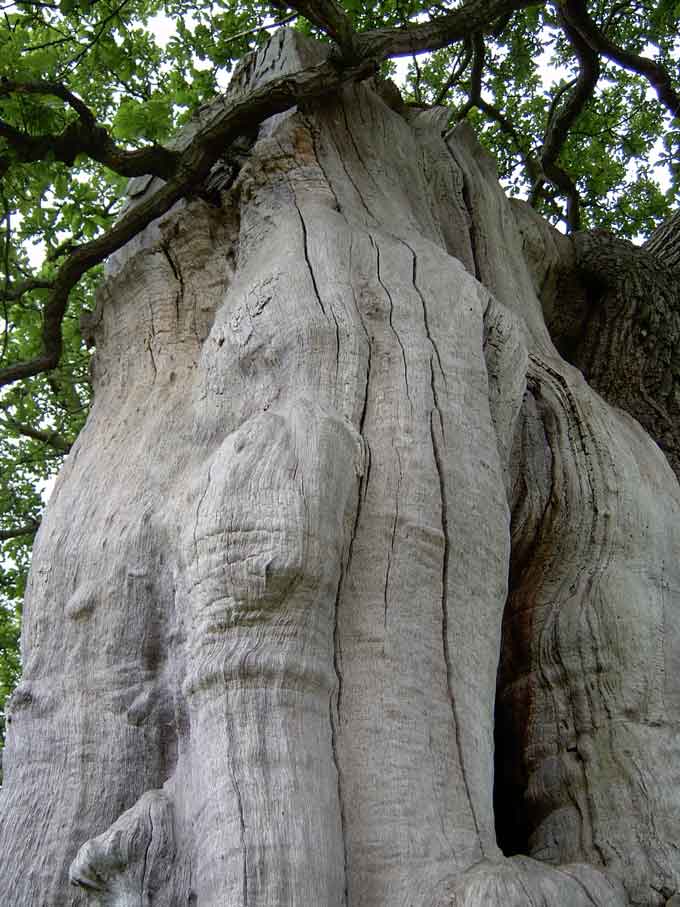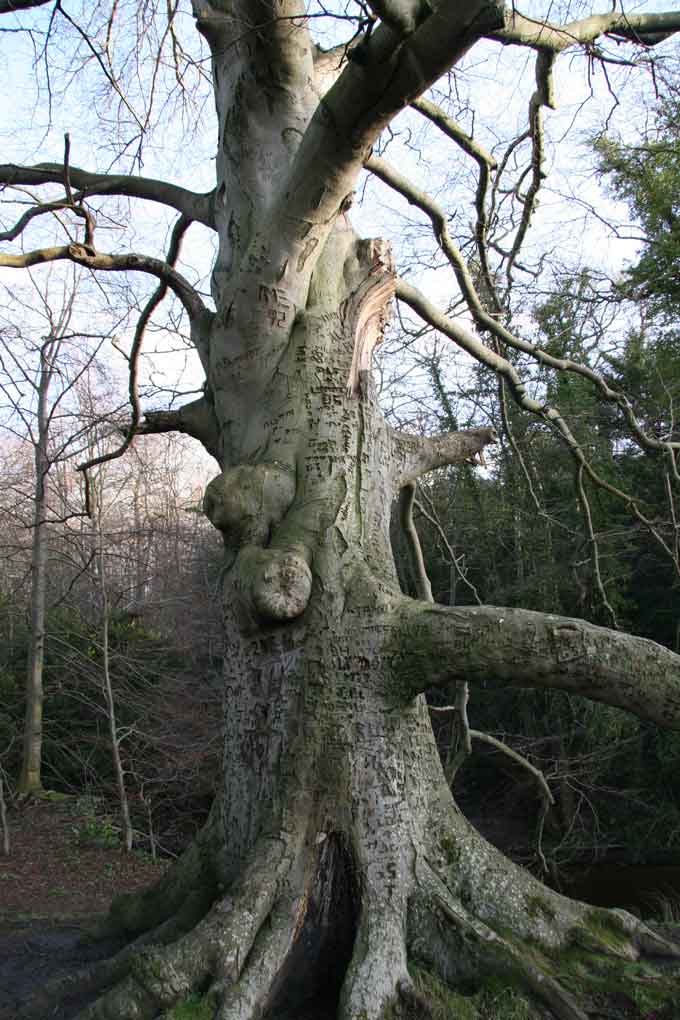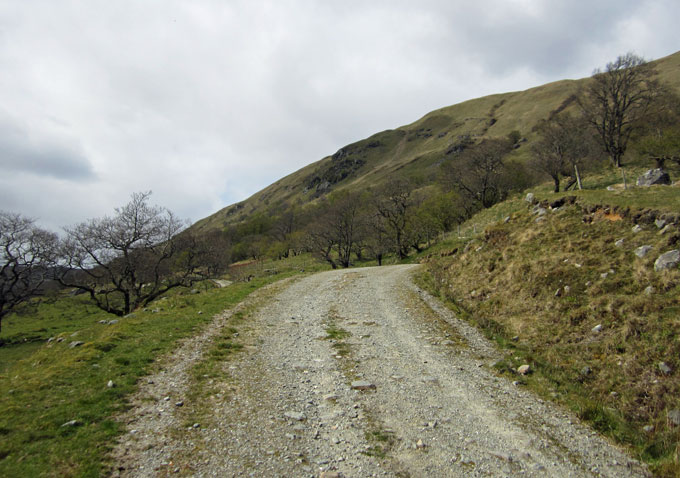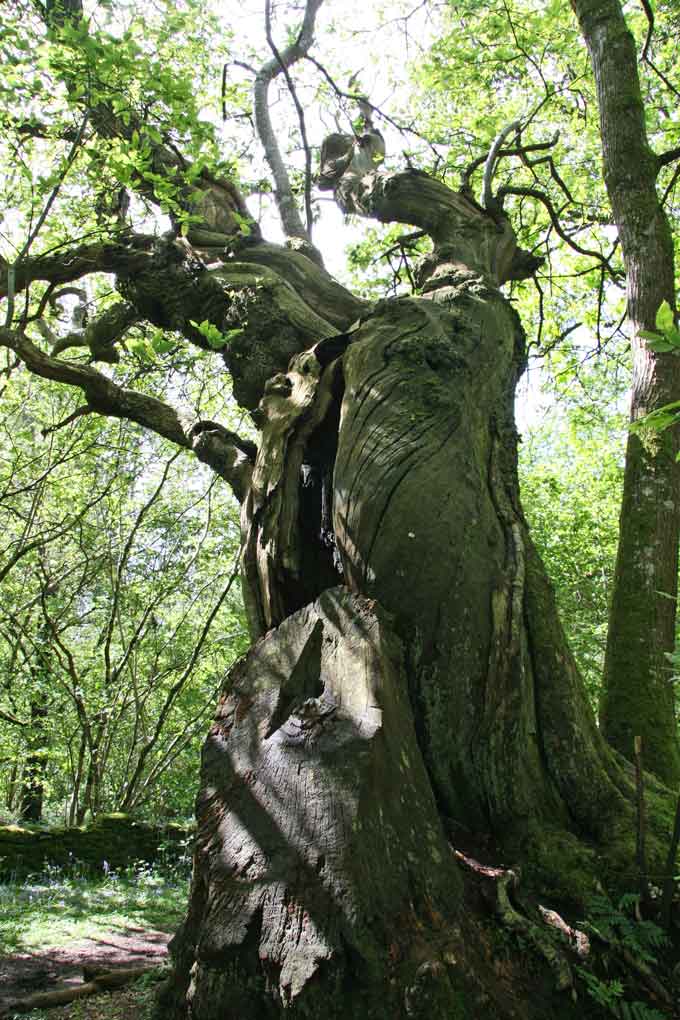Since it’s National Tree Week this week, I thought I’d join in the celebrations and share some of my favourites…though every week is tree week for me really.
This monumental ancient oak is in the grounds of Chatsworth House, Derbyshire, lurking in the car park.
My rather unimaginative name for this one is ‘Newbattle graffiti beech’, since that’s what’s so amazing about it – all those layers and years of carvings. Here’s a drawing of it too. I think more drawings from it will feature in my work for the Tree Stories project.
A wooded landscape next, rather than an individual tree – Glen Finglas, a Woodland Trust site in the Trossachs and a very special wood pasture with many pollarded alders. It’s a fair walk but a good track into the trees.
Historic Scotland’s Inchmaholme island has a long and venerable history with its ruined abbey and its Mary Queen of Scots connections, but I got most excited about this twisted old chestnut – fabulously sculptural.
Another sculptural one, this time a beech on the Novar Estate, near Alness, Easter Ross. There’s a somewhat sinister quality to its deformity that attracted me, and it looked particularly impressive on the bright early spring day this photograph was taken. I know it as ‘Novar fungus beech’ and here’s a drawing of the same.
Finally, staying on the theme of the beautifully grotesque, is this beech I found alongside an abandoned road by the Cromarty Firth. People who are expert in tree management suggested it was possibly pollarded, giving rise to the weird shapes. It also bears graffiti from the 50s and so much character that it seems to demand a whole series of works, so I’m hoping to revisit it next spring to get started.
National Tree week is about valuing and celebrating the trees we have now and ensuring that the generations that follow us can do the same. All the trees I’ve shown here are quite probably at least 100 years old and some are thought to be as much as 400 years old – let’s allow them to age with dignity and nurture the young ones which will eventually replace them.





